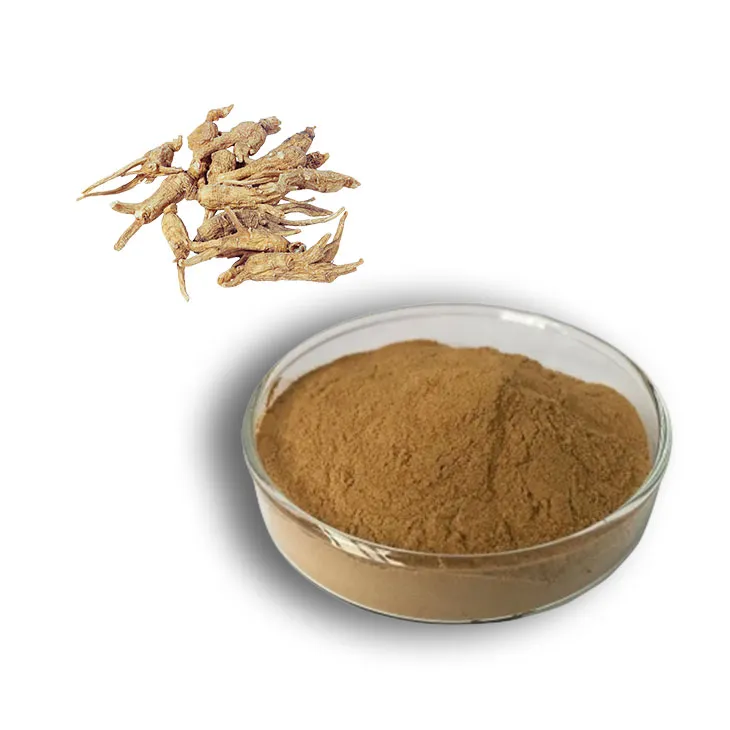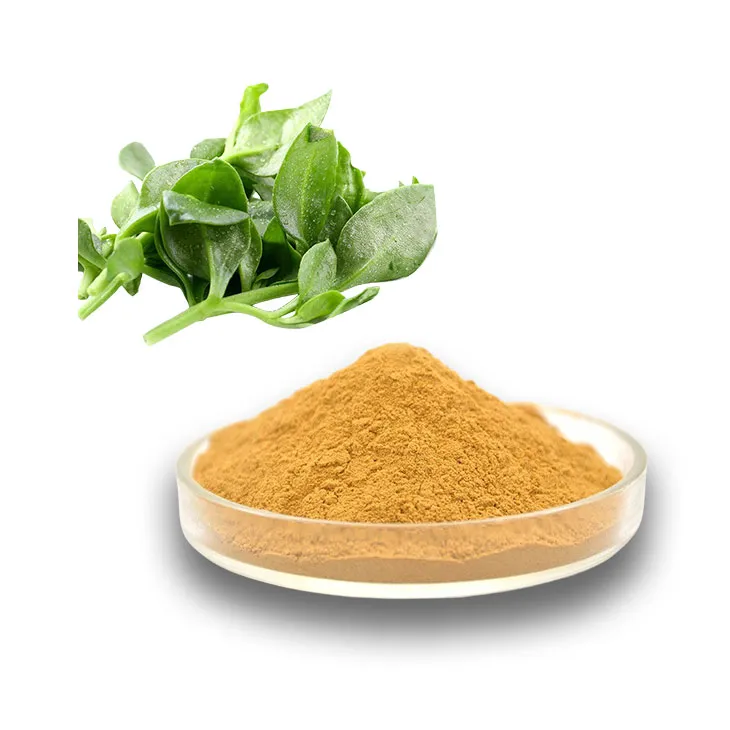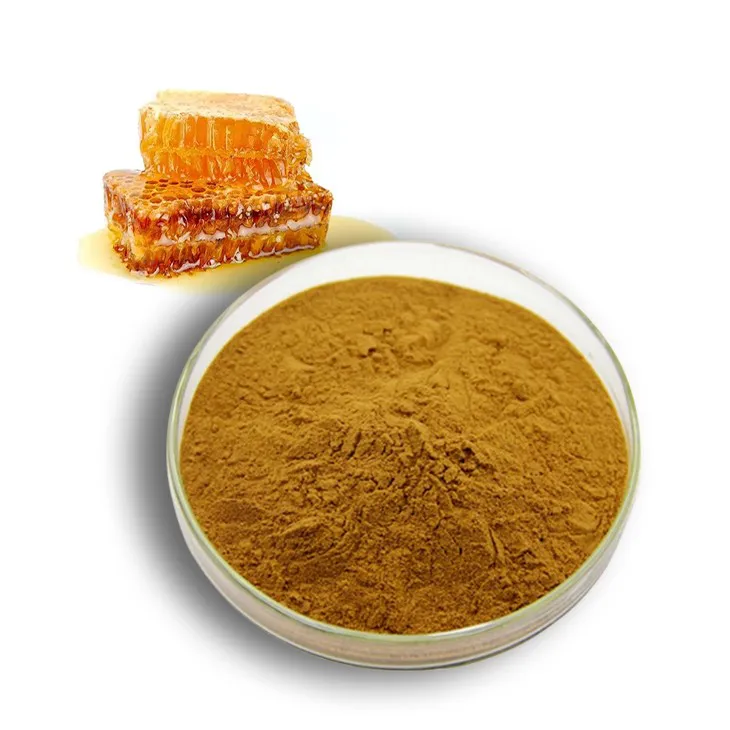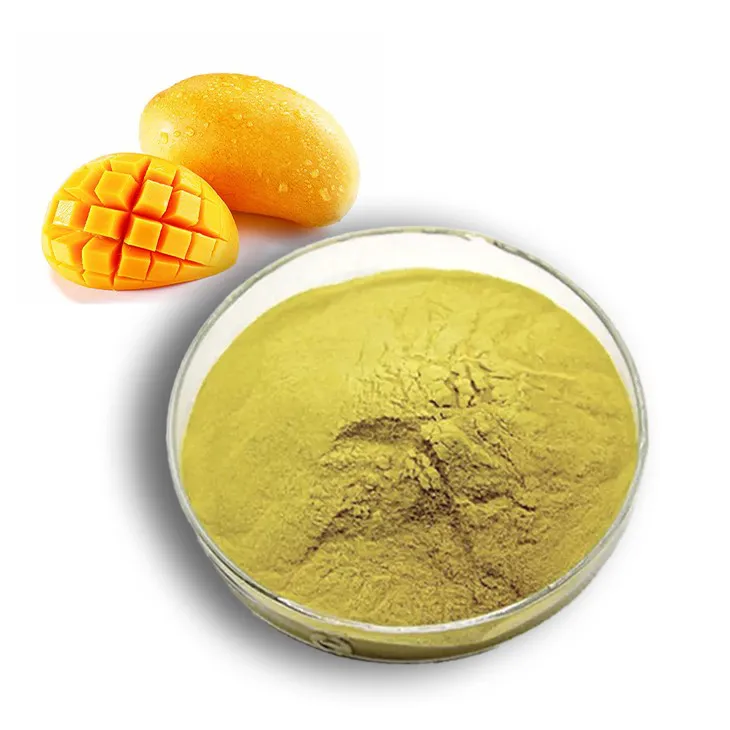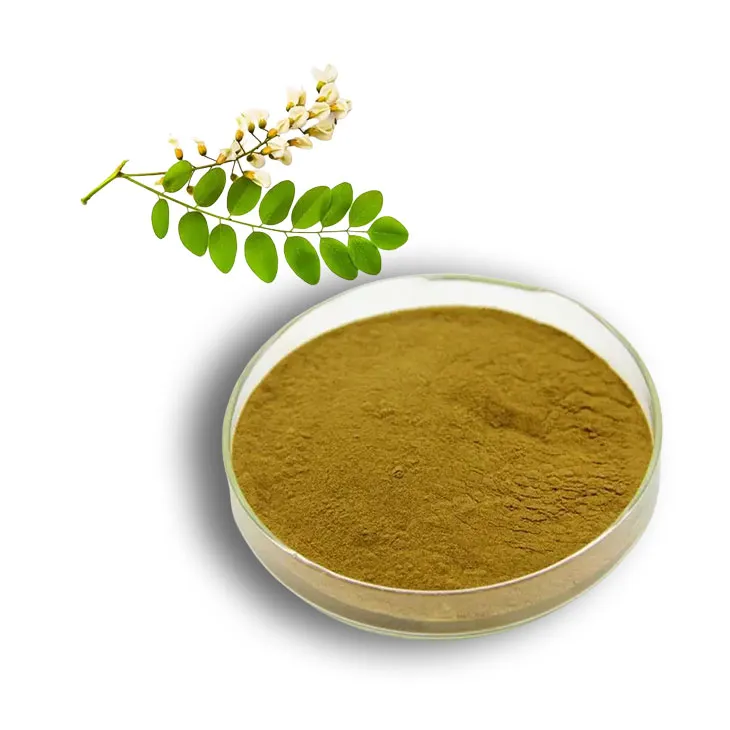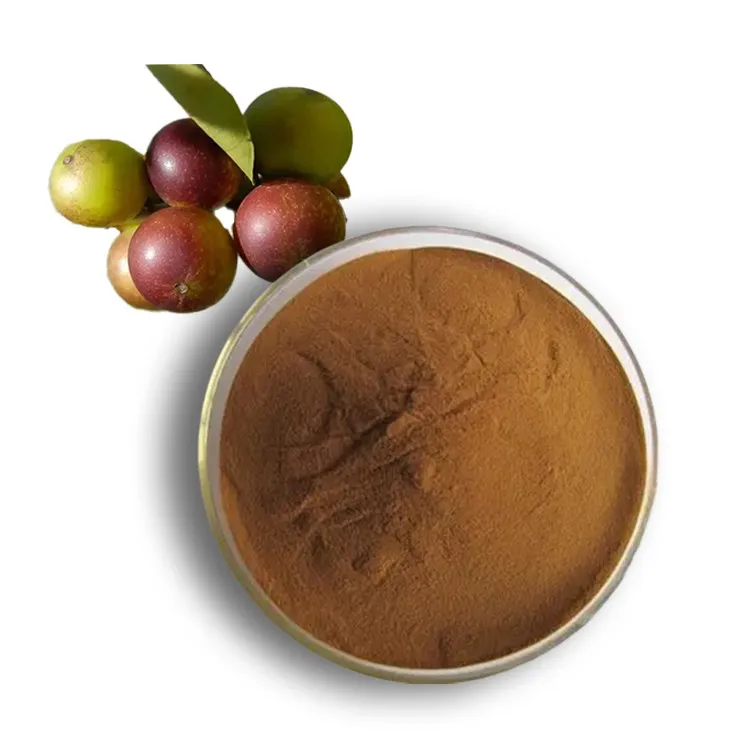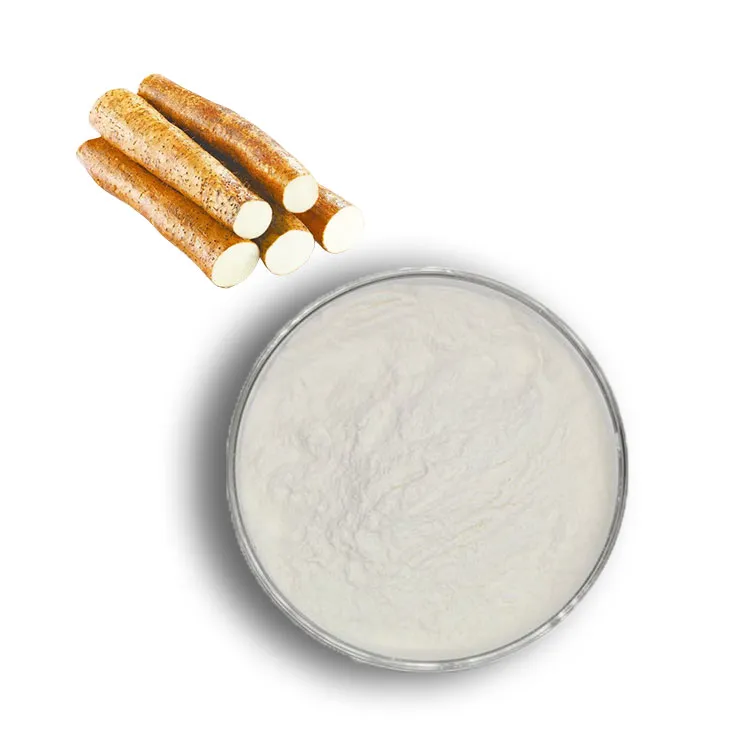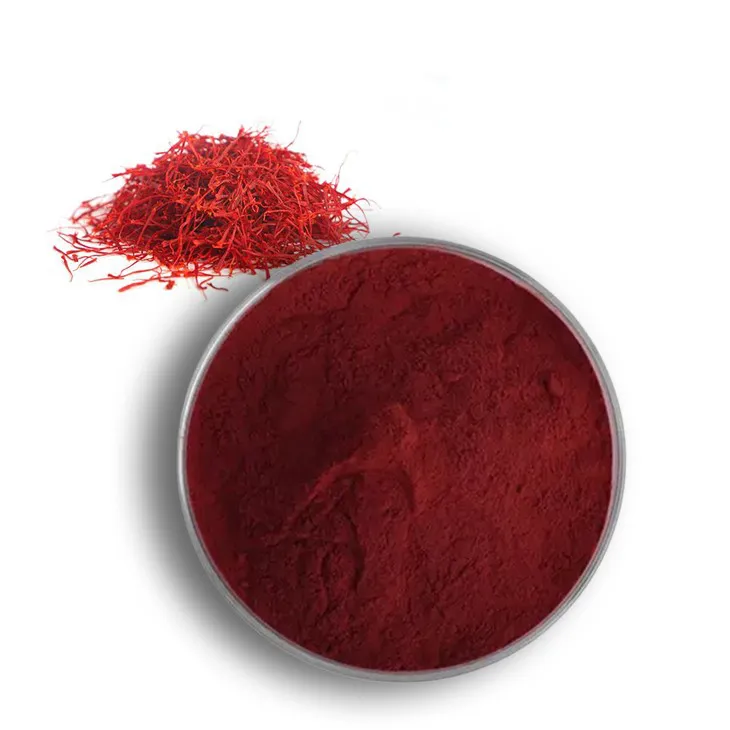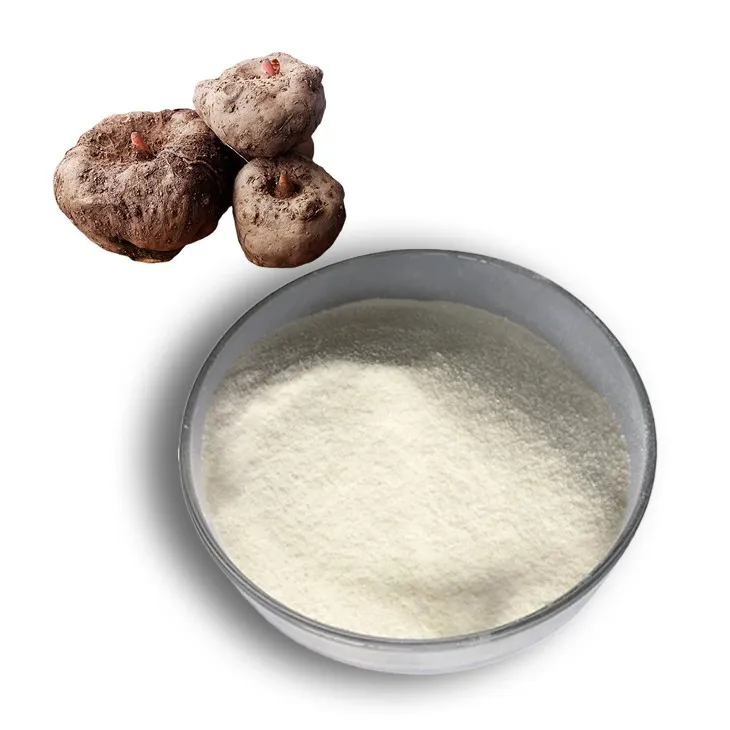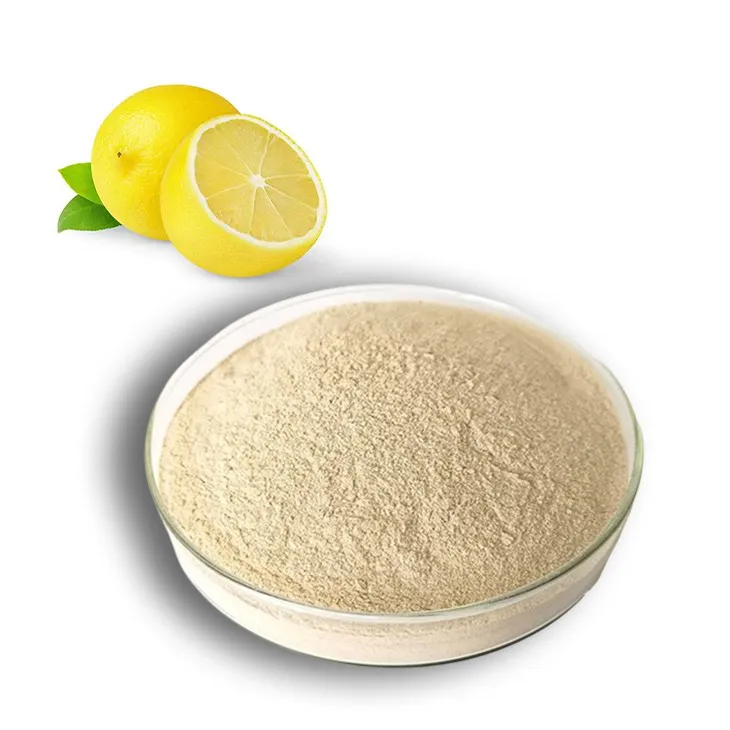- 0086-571-85302990
- sales@greenskybio.com
Seven Trends of Seabuckthorn Oil.
2024-12-10
Trend 1: Growing Demand in the Wellness Community
In recent years, the wellness community has been on the lookout for natural products with remarkable health benefits. Seabuckthorn oil has emerged as a star in this regard, mainly due to its antioxidant and anti - inflammatory properties.
Antioxidants play a crucial role in the body by combating free radicals. Free radicals are unstable molecules that can cause damage to cells, leading to various health problems such as premature aging, heart diseases, and certain cancers. Seabuckthorn oil is rich in antioxidants like vitamin E, carotenoids, and flavonoids. These antioxidants help to neutralize free radicals, thus protecting the body's cells and tissues.
The anti - inflammatory properties of seabuckthorn oil are also highly valued. Chronic inflammation is associated with many diseases, including arthritis, diabetes, and autoimmune disorders. Seabuckthorn oil contains substances that can reduce inflammation in the body. For example, its fatty acids, such as omega - 3, omega - 6, and omega - 9, have anti - inflammatory effects.
As more and more people become aware of the importance of maintaining good health through natural means, the demand for seabuckthorn oil in the wellness community is increasing. This trend is expected to continue as research continues to uncover more of its health - promoting properties.
Trend 2: Product Diversification
The seabuckthorn oil market is witnessing a trend of product diversification. Different forms of seabuckthorn oil products are emerging to meet the diverse needs of consumers.
- Capsules: Capsules are one of the most common forms of seabuckthorn oil products. They are convenient for consumers to take, as they can be easily incorporated into daily supplement routines. Each capsule contains a measured amount of seabuckthorn oil, ensuring accurate dosage.
- Softgels: Softgels are similar to capsules but have a softer outer shell. They are often preferred by consumers who find it easier to swallow softgels compared to regular capsules. Softgels also provide good protection to the seabuckthorn oil inside, preventing oxidation and maintaining its freshness.
- Topical Oils: Seabuckthorn oil is also being used in topical products. These include creams, lotions, and balms. When applied topically, seabuckthorn oil can benefit the skin in various ways. It can moisturize the skin, reduce inflammation, and promote wound healing. For example, in some skin creams, seabuckthorn oil is combined with other natural ingredients to treat skin conditions such as eczema and psoriasis.
- Food and Beverage Additives: Another form of product diversification is the use of seabuckthorn oil as a food and beverage additive. It can be added to juices, smoothies, and even baked goods. Adding seabuckthorn oil to food and beverages not only enhances their nutritional value but also imparts a unique flavor. Some health - conscious consumers are attracted to products that contain seabuckthorn oil as an added ingredient.
Trend 3: Environment - Friendly Production Process
In today's world, sustainability is a key consideration in all industries, and the seabuckthorn oil production process is no exception. There is a growing trend towards making the production process more environment - friendly.
Seabuckthorn is a plant that grows in harsh environments, such as deserts and mountains. However, with the increasing demand for seabuckthorn oil, it is important to ensure that its cultivation and harvesting are done in a sustainable manner. Many producers are now focusing on organic cultivation methods. Organic seabuckthorn cultivation avoids the use of synthetic pesticides and fertilizers, which are harmful to the environment. This not only protects the natural habitats where seabuckthorn grows but also ensures that the final product is free from chemical residues.
In addition to organic cultivation, energy - efficient production techniques are also being adopted. For example, some production facilities are using renewable energy sources like solar power to run their operations. This reduces the carbon footprint associated with the production of seabuckthorn oil.
Waste management is another aspect of the environment - friendly production process. By - products from seabuckthorn oil production, such as the pulp and seeds, are being utilized in other ways instead of being discarded. For instance, the pulp can be used to make animal feed, and the seeds can be further processed for other valuable products. This circular economy approach makes the seabuckthorn oil production process more sustainable and reduces waste.
Trend 4: Expansion in Cosmetic Applications
The cosmetic industry has recognized the potential of seabuckthorn oil and is increasingly incorporating it into various products.
Skin Nourishment: Seabuckthorn oil is rich in nutrients that are beneficial for the skin. It contains vitamins A, C, and E, which are known for their skin - nourishing properties. Vitamin A helps in cell renewal, vitamin C promotes collagen synthesis, and vitamin E is a powerful antioxidant that protects the skin from damage. These nutrients work together to keep the skin healthy, smooth, and youthful - looking.
Hair Care: In addition to skin applications, seabuckthorn oil is also finding its way into hair care products. It can penetrate the hair shaft, moisturizing and strengthening the hair from within. It also helps to improve the scalp's health by reducing dandruff and inflammation. Some hair oils and conditioners now contain seabuckthorn oil as a key ingredient.
Anti - Aging Effects: The anti - aging properties of seabuckthorn oil are highly sought after in the cosmetic industry. Its antioxidant and anti - inflammatory components help to reduce the signs of aging, such as wrinkles and fine lines. Cosmetic products that target anti - aging are increasingly including seabuckthorn oil in their formulations.
As consumers become more conscious about the ingredients in their cosmetic products and their effects on their appearance and health, the use of seabuckthorn oil in cosmetics is expected to grow.
Trend 5: Research - Driven Development
There is an increasing emphasis on research - driven development in the seabuckthorn oil industry.
Clinical Studies: Many clinical studies are being conducted to further understand the health benefits of seabuckthorn oil. These studies are looking at its effects on various health conditions, such as cardiovascular diseases, diabetes, and digestive disorders. For example, some studies are investigating whether seabuckthorn oil can lower cholesterol levels or improve blood sugar control.
Mechanism of Action: Researchers are also exploring the mechanism of action of seabuckthorn oil. They are trying to understand how the various components in seabuckthorn oil interact with the body's cells and systems. This knowledge will help in the development of more targeted and effective seabuckthorn oil - based products.
New Applications: Research is also uncovering new applications for seabuckthorn oil. For instance, recent studies have suggested that seabuckthorn oil may have potential applications in the field of neuroscience, such as in protecting the brain from neurodegenerative diseases.
The results of these research efforts are driving the development of new seabuckthorn oil products and expanding its market potential.
Trend 6: Global Market Expansion
Seabuckthorn oil is gradually expanding its global market presence.
Increasing Exports: Countries where seabuckthorn is grown, such as China and Russia, are increasing their exports of seabuckthorn oil. The high - quality seabuckthorn oil produced in these regions is being shipped to various parts of the world. This is due to the growing international demand for natural health products.
Market Penetration in Developed Countries: Seabuckthorn oil is making inroads into developed countries' markets. In countries like the United States, Europe, and Japan, consumers are becoming more interested in alternative and natural health products. Seabuckthorn oil, with its multiple health benefits, is attracting the attention of these consumers. It is being sold in health food stores, pharmacies, and online platforms.
Emerging Markets: In addition to developed countries, seabuckthorn oil is also finding new markets in emerging economies. As the economies of countries in Asia, Africa, and Latin America grow, the purchasing power of consumers in these regions is increasing. They are also showing an interest in natural health products, providing an opportunity for seabuckthorn oil to enter these markets.
The global market expansion of seabuckthorn oil is bringing more opportunities for producers and is also making this natural product more widely known around the world.
Trend 7: Collaboration and Partnerships
In the seabuckthorn oil industry, there is a growing trend of collaboration and partnerships.
Research Institutions and Industry: Collaboration between research institutions and the seabuckthorn oil industry is becoming more common. Research institutions can provide scientific expertise and conduct in - depth studies on seabuckthorn oil, while the industry can support research through funding and provide real - world applications for research findings. For example, a university research team may collaborate with a seabuckthorn oil producer to study the effects of different extraction methods on the quality of the oil.
Producers and Suppliers: Producers of seabuckthorn oil are also forming partnerships with suppliers. This includes suppliers of raw materials, such as seabuckthorn berries, as well as suppliers of packaging materials. By forming strong partnerships, producers can ensure a stable supply of high - quality raw materials and reliable packaging. For instance, a seabuckthorn oil producer may partner with a local seabuckthorn berry supplier to ensure a consistent supply of fresh berries for oil extraction.
Industry Associations and Stakeholders: Industry associations are playing an important role in promoting collaboration among stakeholders in the seabuckthorn oil industry. They organize events, share information, and facilitate networking among producers, researchers, and other interested parties. This helps to create a more cohesive and collaborative industry environment.
These collaborations and partnerships are helping to drive innovation, improve product quality, and promote the overall development of the seabuckthorn oil industry.
FAQ:
Q1: What are the main antioxidant components in seabuckthorn oil?
Seabuckthorn oil contains various antioxidant components such as vitamin E, carotenoids, and flavonoids. Vitamin E is a well - known antioxidant that helps protect cells from oxidative damage. Carotenoids, like beta - carotene, also contribute to its antioxidant properties by scavenging free radicals. Flavonoids in seabuckthorn oil further enhance its antioxidant capacity.
Q2: How does the anti - inflammatory property of seabuckthorn oil work?
The anti - inflammatory property of seabuckthorn oil may work through multiple mechanisms. It may modulate the body's immune response, reducing the production of pro - inflammatory cytokines. Some of its components, such as certain fatty acids, may also have a direct impact on inflammatory pathways in the body, helping to reduce inflammation at the cellular level.
Q3: What are the different forms of seabuckthorn oil products?
There are several different forms of seabuckthorn oil products. One common form is softgel capsules, which are convenient for consumption. There are also liquid forms that can be used in cooking or added to beverages. Additionally, some seabuckthorn oil is incorporated into creams and lotions for topical application in skin care products.
Q4: How is the environmental - friendly production of seabuckthorn oil achieved?
The environmental - friendly production of seabuckthorn oil can be achieved in several ways. Firstly, sustainable farming practices are used for seabuckthorn cultivation, such as reducing the use of pesticides and fertilizers. Secondly, in the extraction process, more energy - efficient and less polluting extraction methods may be employed. Also, waste management during production is optimized to minimize environmental impact.
Q5: Why is the demand for seabuckthorn oil increasing in the wellness community?
The demand for seabuckthorn oil is increasing in the wellness community because of its multiple health - promoting properties. As mentioned before, its antioxidant and anti - inflammatory properties are highly valued. Additionally, it is also rich in essential fatty acids which are beneficial for heart health, skin health, and overall well - being.
Related literature
- The Health Benefits of Seabuckthorn Oil: A Review"
- "Seabuckthorn Oil in the Context of Wellness and Sustainability"
- "Product Diversification of Seabuckthorn Oil: Current Trends and Future Prospects"
- ▶ Hesperidin
- ▶ Citrus Bioflavonoids
- ▶ Plant Extract
- ▶ lycopene
- ▶ Diosmin
- ▶ Grape seed extract
- ▶ Sea buckthorn Juice Powder
- ▶ Fruit Juice Powder
- ▶ Hops Extract
- ▶ Artichoke Extract
- ▶ Mushroom extract
- ▶ Astaxanthin
- ▶ Green Tea Extract
- ▶ Curcumin
- ▶ Horse Chestnut Extract
- ▶ Other Product
- ▶ Boswellia Serrata Extract
- ▶ Resveratrol
- ▶ Marigold Extract
- ▶ Grape Leaf Extract
- ▶ New Product
- ▶ Aminolevulinic acid
- ▶ Cranberry Extract
- ▶ Red Yeast Rice
- ▶ Red Wine Extract
-
Angelica sinensis extract
2024-12-10
-
Andrographis Paniculata Extract Powder
2024-12-10
-
Propolis Extract Powder
2024-12-10
-
Mango flavored powder
2024-12-10
-
Sophora Japonica Flower Extract
2024-12-10
-
Camu Camu Extract
2024-12-10
-
Yam Extract
2024-12-10
-
Saffron Extract Powder
2024-12-10
-
Konjac Powder
2024-12-10
-
Lemon Extract
2024-12-10











